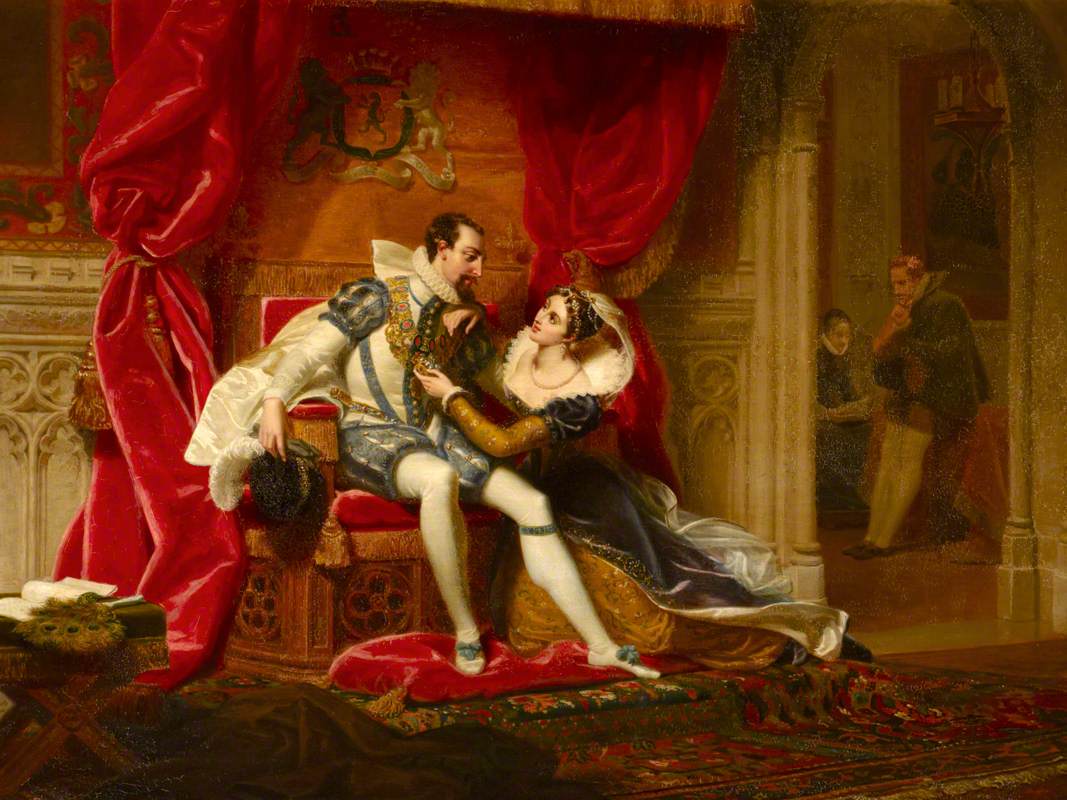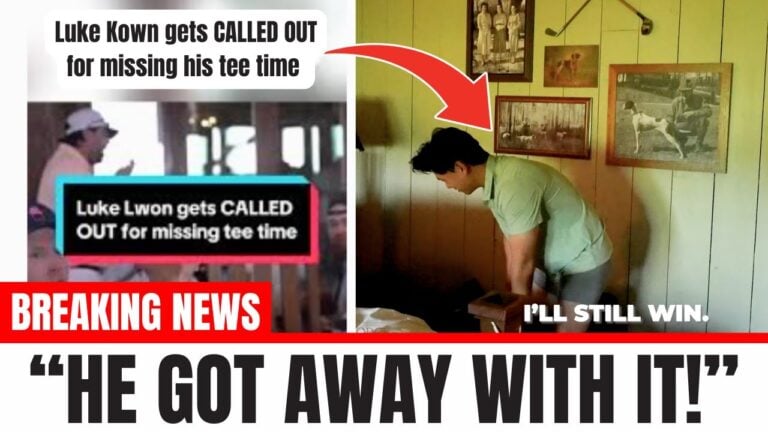In an unprecedented scientific quest that sounds like something out of a movie, researchers have announced plans to exhume the body of Galileo Galilei, the Father of Modern Astronomy, to extract his DNA and solve a centuries-old cosmic mystery that could rewrite the history of science itself. Yes — they are literally digging up Galileo’s remains to uncover secrets buried not just beneath stone, but within his very genes.
Galileo, who lived from 1564 to 1642, forever changed how we see the universe. With his telescope, he revealed the rugged mountains of the Moon, the moons of Jupiter, and the strange form of Saturn. Yet history tells us he suffered from serious vision problems. He famously described Saturn as having “lateral ears” instead of rings — a bizarre observation that baffled astronomers for centuries. Was it the telescope’s fault? Or his eyes?
Now, a research team led by Director Paolo Galuti at the Institute and Museum of the History of Science in Florence believes the answer lies in Galileo’s DNA. They theorize that he may have had a genetic eye disease — one that distorted what he saw when he looked into the heavens. By sequencing his DNA, scientists hope to identify the specific mutation that affected his vision, recreating how the universe might have looked through Galileo’s eyes. Imagine seeing Saturn, Jupiter, and the Moon exactly as he did — through the imperfect lens of a genius whose perception reshaped our understanding of the cosmos. 🌌
But this daring plan comes with immense challenges. The team must raise over $300,000 and secure special permissions to disturb Galileo’s final resting place in the Santa Croce Basilica in Florence, where he has lain for nearly four centuries. Critics call it disrespectful — even blasphemous — while supporters hail it as a once-in-a-lifetime opportunity to bridge science and history.
If successful, the implications could be staggering. A confirmed genetic condition would mean that Galileo’s revolutionary drawings and discoveries were not just the triumph of intellect, but also of human resilience — proof that even flawed senses can lead to world-changing truths. It could reshape our perception of science, showing that the line between genius and imperfection is thinner than we ever imagined.
As the project begins, the world watches in awe. What secrets lie waiting in Galileo’s bones? Could a single strand of ancient DNA reveal how one man saw the universe — and, in doing so, redefine the way we see it today?
👉 This isn’t just about exhuming a body. It’s about resurrecting a mystery — one that could forever alter the story of how humanity first looked to the stars and dared to ask: What’s really out there?





